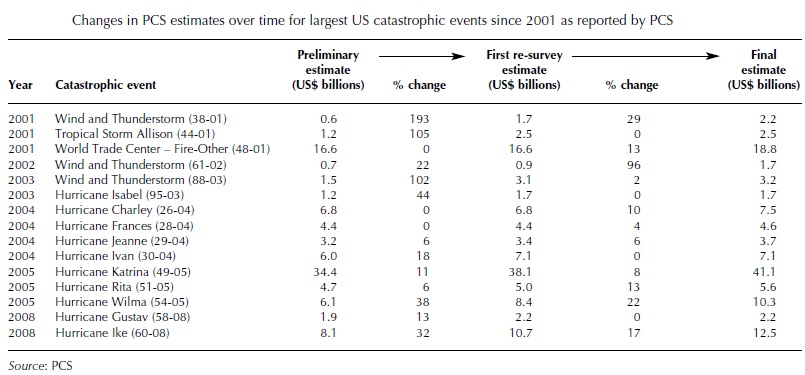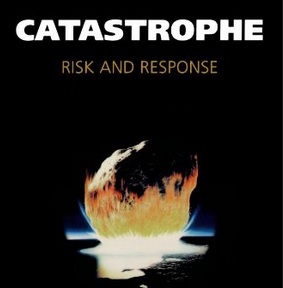Catastrophe Derivatives and ILWs

INDEX-LINKED CONTRACTS Traditional insurance and reinsurance contracts are based purely on direct indemnification of the insured or reinsured for the losses suffered. Another way to transfer insurance risk, which is particularly important in its transfer to the capital markets, is to link the payments to a certain value of an index as opposed to basing it only on the reimbursement of the actual losses suffered by a specific entity. An example of such an index would be that of the level of losses suffered from a hurricane in a particular region by the whole insurance industry. Another example would be a purely parametric one based on the intensity of a specified catastrophic event without referencing actual insured losses. The two main types of insurance-linked securities whose payout depends on an index value are insurance derivatives and industry loss warranties. Industry loss warranties (ILWs) and catastrophe derivatives (a subset of insurance derivatives) were the first insurance-li...

